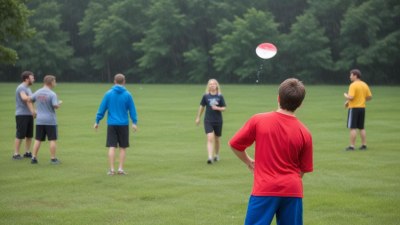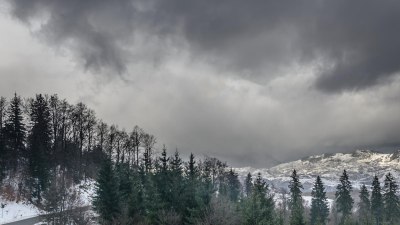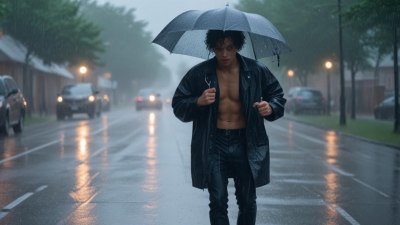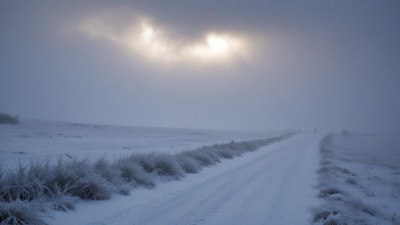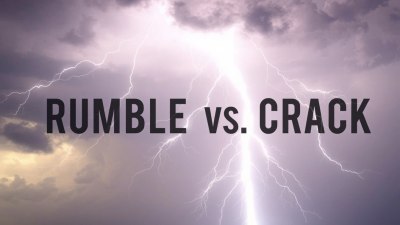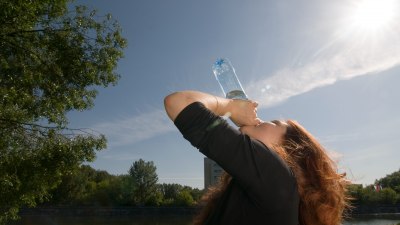Why Do Weather Apps Lie Right When You Need Them Most
One minute, your weather app says it’s sunny—next thing you know, you’re running for cover in a sudden downpour.

This image was created with the assistance of DALL·E
We rely on weather apps to plan our day, from choosing what to wear to deciding whether to bring an umbrella. But just when you trust the forecast the most, it betrays you. A "zero percent chance of rain" turns into an unexpected storm, or a promised warm afternoon feels more like winter. So why do weather apps seem to get it so wrong at the worst possible moments? The answer lies in the messy, unpredictable nature of weather itself.
Weather Is Chaotic by Nature
The atmosphere is constantly changing, with thousands of variables affecting the forecast at any given moment. Temperature, humidity, wind patterns, and even tiny shifts in pressure all interact in complex ways. Meteorologists use models to predict how these elements will behave, but even the best models can’t account for every small variation. That’s why forecasts are never 100% certain—especially for short-term changes.
Your Location Might Be the Problem
Weather apps rely on data from weather stations, satellites, and radar, but the accuracy depends on how close you are to those data sources. If you’re in a big city, your app is likely using a general forecast that doesn’t always account for microclimates—small areas with different weather conditions due to geography, elevation, or urban heat effects. That’s why one neighborhood might stay dry while another gets hit with an unexpected shower.
Real-Time Data Isn’t Always Real-Time
Many weather apps update their forecasts every few hours, meaning they might not reflect sudden changes. A storm forming quickly over your area might not show up on your app until it’s already started raining. Radar technology helps with short-term predictions, but even that can have delays, making it seem like your app is lying when, in reality, it’s just playing catch-up.
Probability Isn’t as Clear as It Seems
When your weather app says there’s a "30% chance of rain," most people assume that means it will probably stay dry. But what it actually means is that there’s a 30% chance of rain somewhere in the forecast area. If you happen to be in the unlucky part of that region, you’ll get soaked—even if the app made it seem unlikely.
Forecasts Get Worse the Further Out You Go
A one-day forecast is usually pretty reliable, but once you go three, five, or ten days out, accuracy drops fast. Long-term forecasts are more like educated guesses based on weather patterns. This is why your app might promise sunshine for your weekend plans, only to change its mind two days later.
Can You Outsmart the Forecast?
While no weather app is perfect, you can improve your odds by using multiple sources. Comparing different forecasts (like those from The Weather Channel, AccuWeather, or your local meteorological service) can give you a better picture. Checking real-time radar maps instead of just looking at the basic forecast can also help you spot unexpected changes before they happen.
Weather apps don’t really "lie"—they just do their best with an unpredictable system. The next time you get caught in an unexpected rainstorm despite your app’s best efforts, just remember: the weather always has the final say.
